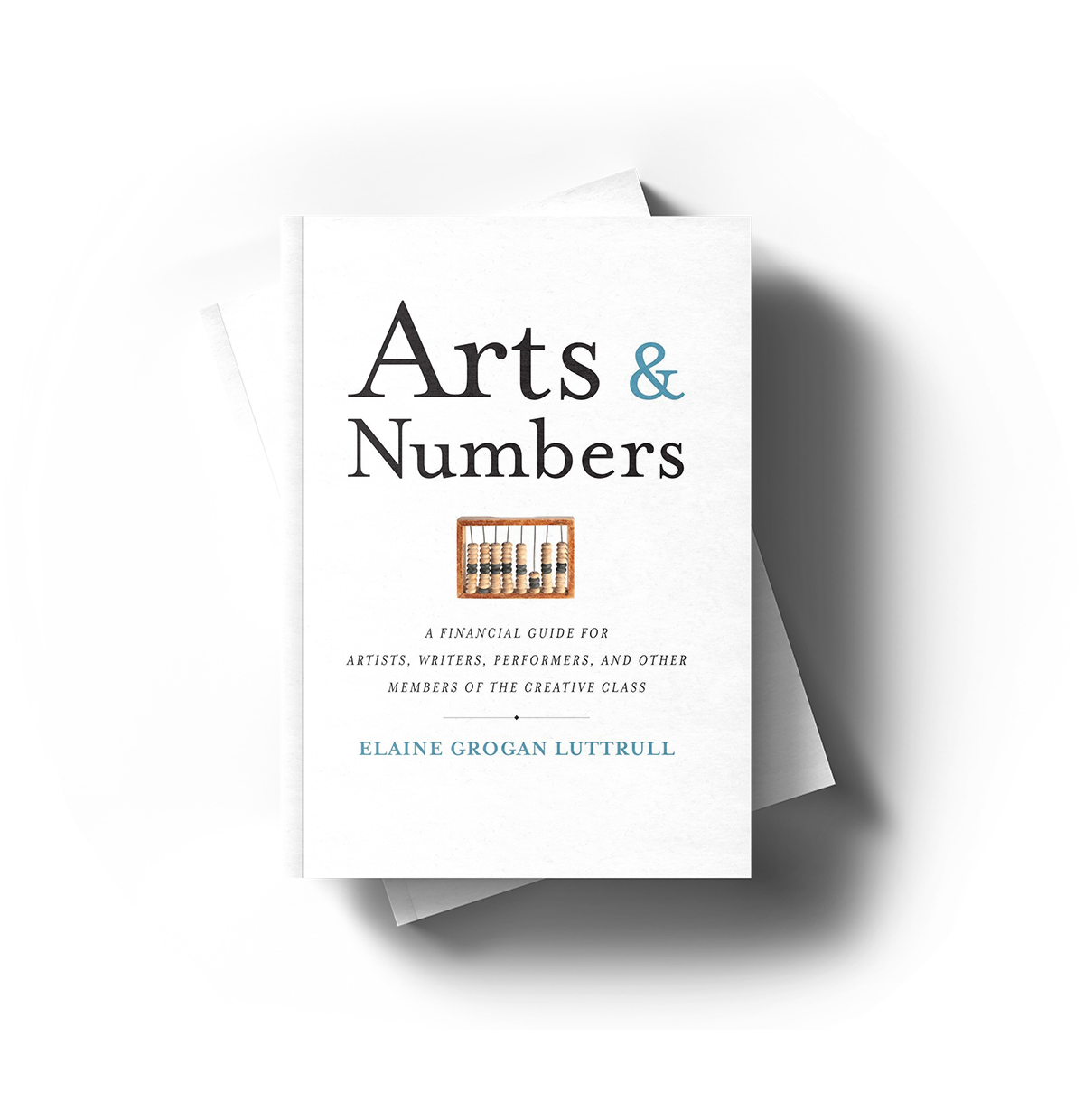June 13, 2014 • Musings

Nonprofit accountants are gathered in Washington now for the annual AICPA Nonprofit Conference (an excellent gathering I’ve attended in years past). Ken Tysiac reported on six key developments discussed yesterday in an article he released in The Journal of Accountancy. Although the article is geared toward CPAs, the tips it contains are useful for organizations and individual artists alike for unlocking the mysteries of nonprofit accounting.
From a technical standpoint, organizations may be abandoning the dreaded net asset classification categories of unrestricted, temporarily restricted, and permanently restricted in favor of just two: with donor restrictions and without donor restrictions. FASB is excited about this prospect of simplification (watch for the exposure draft coming this fall), but I’m not convinced this will actually help entities or their donors better understand net asset classifications. I’d favor more categories (not fewer) with more descriptive names. Think: Unrestricted, Held for Future Periods, Held for Future Projects, Endowment Principal, and Other Permanently Restricted Net Assets. (I’d even detail those future periods and future projects somewhere in the notes. But that’s me. I like a lot of transparency.)

And it turns out I’m not alone. Tysiac’s third key development focused on the accountability and transparency favored by “young donors.” (As those of us “young donors” continue to age, at some point we’ll simply be “donors,” right?) Anyone comfortable with technology (young or old) knows that information — particularly information from public entities — should be available. It shouldn’t take us too long to find on a website, and it should be corroborated by other information we consume. If the information isn’t there or it doesn’t seem to add up, we often don’t have the patience to figure out the problem. We’ll just move on to another organization’s website. Urban Institute tells us the nonprofit sector grew by 25% between 2001 and 2011. With nearly 1.6 million organizations to choose from (and growing!), those that don’t harness the power of technology, authenticity, accountability, and transparency won’t find an audience (at least not among us “young ones”).
The best part about making this information accessible is to counterbalance the “starvation cycle” Tysiac discusses as the sixth key development from the conference. Our leaders continue to lament — justifiably — the fallacy of relying on simple ratios to capture an organization’s effectiveness. Spending 80% on programs doesn’t necessarily mean that the spending is effective; spending very little on administrative expenses doesn’t necessarily mean the organization is well-run.
But donors and the public will stop relying solely on these metrics if the organizations share useful, relevant, authentic information on their own. (Re-read the previous paragraphs if you missed them.) Increasing accountability and transparency isn’t just a good practice for the organization; it is an excellent way to contribute to the narrative.
Us “young donors” may have short attention spans and very little patience for information that is buried or inaccessible. But we also happen to think analytically and critically, and we are more than willing to give organizations the benefit of the doubt if they can explain why an (accurately report) administrative spending of 25% was justified.
And finally, there is a piece of advice included in the article that applies to us all, whether we support the arts, manage the arts, make the art, or teach the arts. Tysiac quotes Lou Mezzina of KPMG as proffering the following tips:
“Keep good records… Craft solid agreements. Follow good communication policies… And, finally, include an ethics clause in all agreements.”
That’s advice we’d all do well to heed. Stay tuned for more reporting from the conference, and read Ken Tysiac’s full article, “Six Key Developments for Not-for-Profit CPAs.”


